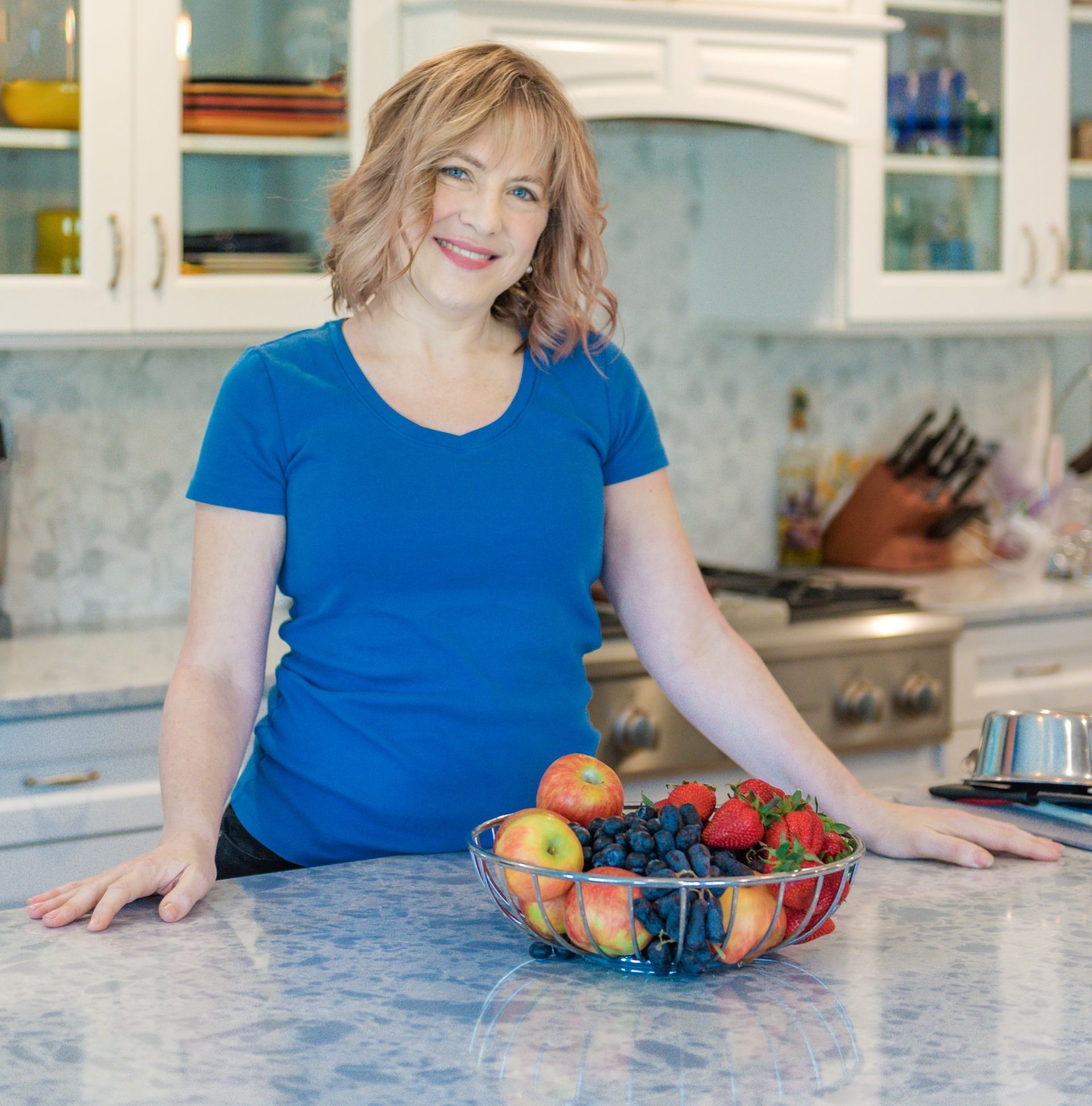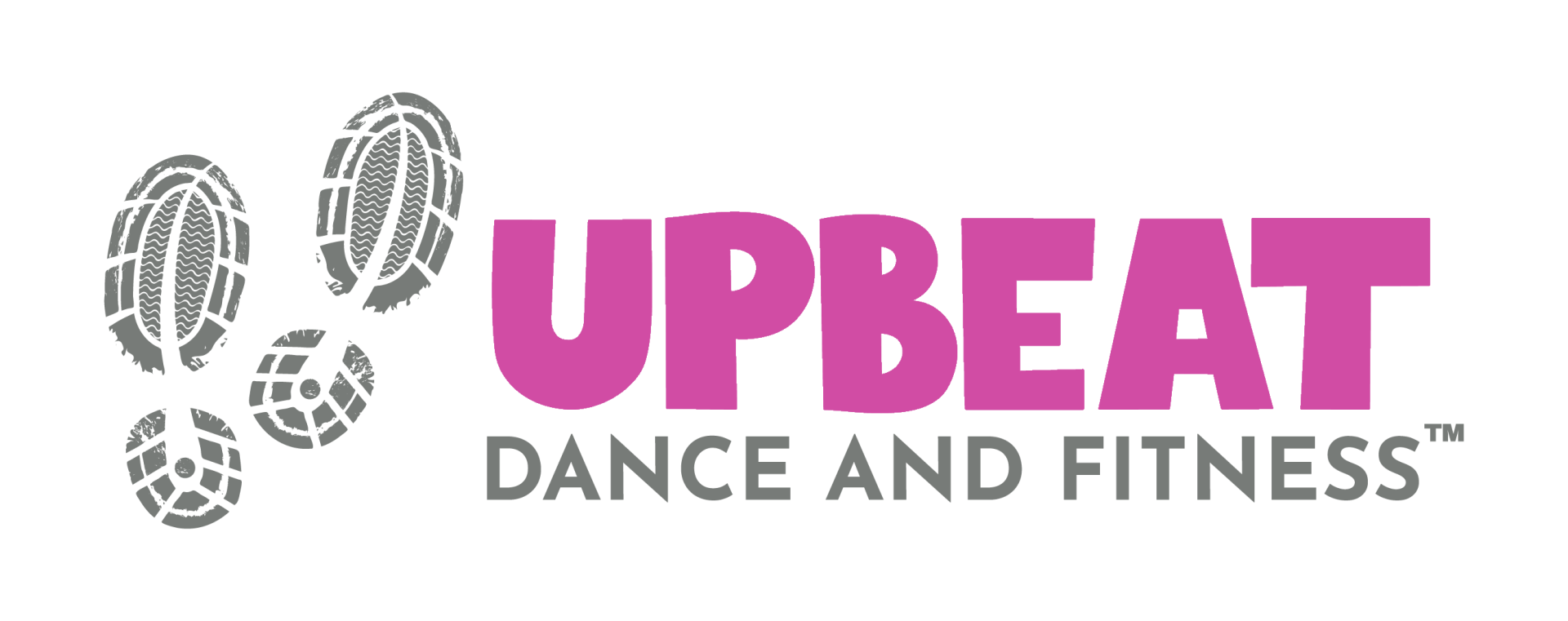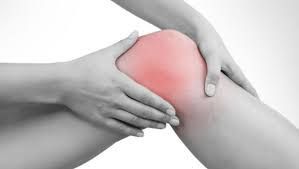How to Tailor Your Diet to Support Muscle Strength and Flexibility at 40+
Helpful Nutrition Strategies for Women over 40
How to Tailor Your Diet to Support Muscle Strength and Flexibility at 40+
As you reach your 40s, your body's needs change, and muscle strength and flexibility become even more important for maintaining an active lifestyle. But did you know that what you eat significantly supports these aspects of your health? That's right! By tailoring your diet to support muscle strength and flexibility at 40+, you can ensure you're giving your body the fuel it needs to thrive. So, let's explore how simple dietary changes, like adding more protein, carbohydrates, healthy fats, and eating your veggies, can make a big difference in how you feel and move.
Understanding Nutritional Needs at 40+
As you enter your forties, it's important to understand how your nutritional needs evolve. Aging affects muscle mass and flexibility, making it important to adapt your diet accordingly. Firstly, let's talk about protein. This nutrient becomes even more important as you age, as it helps repair and build muscle tissue. Next up, carbohydrates. While they often get a bad rap, complex carbohydrates are essential for providing sustained energy, especially during workouts.
Lastly, don't forget about fats. Yes, fats! But the good kind, like those found in salmon and avocados, which support joint health and flexibility. Focusing on these nutrients ensures your diet is optimized to support muscle strength and flexibility as you navigate your forties and beyond.
Protein Power for Muscle Strength
Let's talk about protein and its power to boost muscle strength, especially as you hit your 40s. Protein is like the building blocks for your muscles, aiding repair and growth. Incorporating lean protein sources into your diet, such as chicken, fish, tofu, and legumes, is important. These foods provide the protein your muscles need and help you feel full and satisfied. Also, balancing your protein intake throughout the day can prevent overeating and aid in weight management. So, whether it's a grilled chicken breast for dinner or a serving of Greek yogurt as a snack, make sure to include protein-rich foods. They support muscle strength and keep you feeling strong and energized.
Carbohydrates: Fuel for Your Workouts
Carbohydrates are your best friend for powering your workouts, especially if you want to support muscle strength and flexibility at 40+. These nutrients provide the fuel your body needs to sustain energy during exercise and replenish glycogen stores afterward. Opt for complex carbohydrates like whole grains, fruits, and vegetables to keep your energy levels steady throughout the day.
For example, oats, quinoa, bananas, leafy greens, and sweet potatoes are excellent choices for your meals and snacks. Therefore, besides building an effective routine as a woman over 40 by hitting the yoga mat or throwing punches in kickboxing class, consider a solid foundation of carbohydrate-rich foods to keep you strong and energized.
Healthy Fats for Joint Flexibility
Regarding joint flexibility, healthy fats are important in keeping you limber and mobile, especially as you age. Here's why incorporating these fats into your diet is important:
- Differentiating Better Fats: It's important to understand the difference between helpful fats, like those found in salmon, flaxseeds, and avocados, and other fats found in processed foods. Helpful fats help reduce inflammation and support joint health, while other fats can contribute to inflammation and stiffness.
- Omega-3 Fatty Acids: Foods rich in omega-3 fatty acids are particularly beneficial for joint health. These fats, found in foods such as fatty fish like salmon and mackerel, help lubricate your joints, reducing friction and improving flexibility.
- Avocados and Nuts: Avocados and nuts are excellent sources of monounsaturated fats, which have anti-inflammatory properties and can help alleviate joint pain and stiffness.
Support Muscle Strength and Flexibility at 40+: Hydration
Staying hydrated is essential for maintaining flexibility, especially as you get older. Water plays a key role in lubricating your joints, allowing them to move smoothly and reducing the risk of stiffness. Dehydration, however, can lead to decreased flexibility and increased muscle cramps. Thus, to ensure you stay hydrated throughout the day, drink water regularly and pay attention to signs of thirst.
It's also important to replenish fluids lost during exercise by drinking water before, during, and after your workout. In addition, hydrating foods like fruits and vegetables can contribute to your overall fluid intake. By prioritizing hydration, you can support joint flexibility and mobility, keeping you feeling agile and active as you age.
Anti-Inflammatory Foods for Joint Health
Incorporating anti-inflammatory foods into your diet can be beneficial for maintaining joint health, especially as you age. These foods are rich in antioxidants, which help reduce inflammation and alleviate joint pain and stiffness. Berries, leafy greens, and turmeric are excellent anti-inflammatory foods you can easily incorporate into your meals.
At the same time, meal prepping can be a great way to ensure these foods are readily available throughout the week. Making batches of meals or snacks containing anti-inflammatory ingredients can support joint health and make it easier to stick to a nutritious diet. Also, reducing inflammation can improve joint flexibility and mobility, allowing you to stay active and engaged in the activities you love.
Nutrient Timing for Optimal Performance
Nutrient timing is key for optimizing your performance, whether you're hitting the gym or going for a walk. Here's how you can make the most of it:
- Pre-Workout Nutrition: Fueling your body before a workout can help boost your energy levels and improve performance. Opt for a snack or meal with carbohydrates for quick energy and protein to support muscle repair and growth. Examples include a banana with peanut butter or Greek yogurt with berries.
- Post-Workout Meals: After a workout, it's important to refuel your body with nutrients to support recovery and muscle repair. Aim to consume carbohydrates and protein within 30 minutes to an hour after exercise. That could be a protein shake with fruit, a turkey sandwich on whole-grain bread, or a chicken stir-fry with brown rice.
Flexibility-Friendly Nutrients
Flexibility-friendly nutrients are important for maintaining joint health and mobility as you age. For instance, vitamin D plays a key role in calcium absorption, supporting bone health and reducing the risk of fractures. Sources of vitamin D include sunlight, fatty fish, and fortified foods like milk and cereal.
Calcium is another important nutrient for bone health, helping to maintain bone density and strength. Good sources of calcium include dairy products, leafy greens, and fortified plant-based milk.
Magnesium is also important for muscle function and relaxation, helping to prevent cramps and stiffness. Foods rich in magnesium include nuts, seeds, whole grains, and leafy greens. Incorporating these nutrients into your diet can support joint flexibility and mobility, allowing you to stay active and engaged in the activities you love.
Embrace Your Stronger, More Flexible Self!
You're investing in your long-term health and well-being by tailoring your diet to support muscle strength and flexibility at 40+. Therefore, include protein-rich foods, complex carbohydrates, and healthy fats in your meals. Also, stay hydrated, incorporate anti-inflammatory foods, and prioritize nutrient timing for optimal performance. With these dietary adjustments and flexibility-friendly nutrients, you can maintain joint health and mobility, allowing you to stay active and engaged in the activities you love as you age.
Meta: Discover how to tailor your diet to support muscle strength and flexibility at 40+. Learn simple tips for optimal health and vitality.
KW: Muscle Strength and Flexibility at 40+
Image used:
















